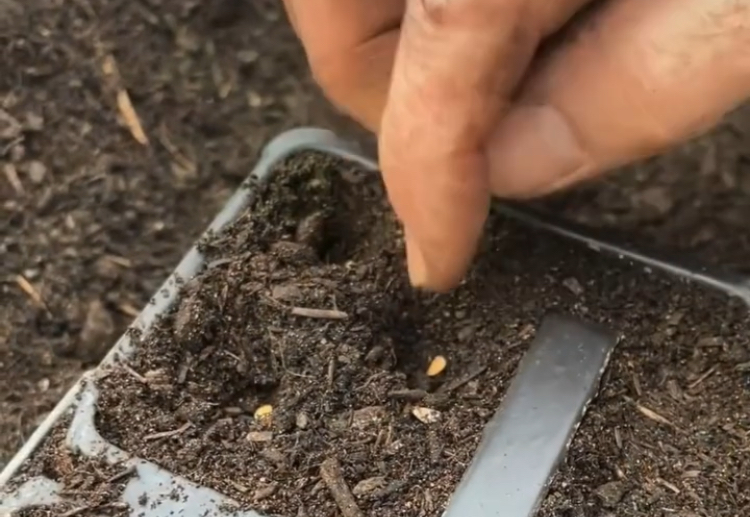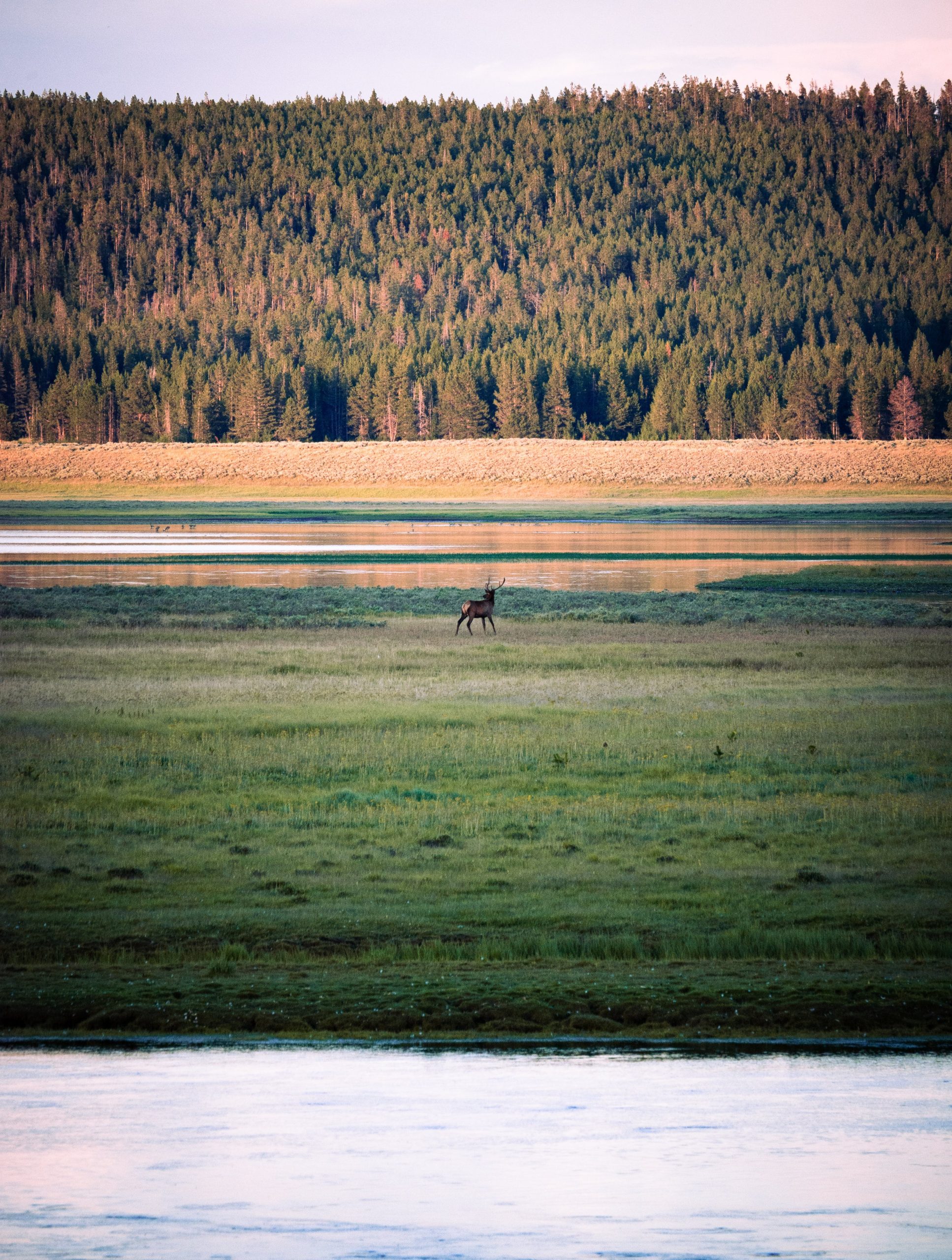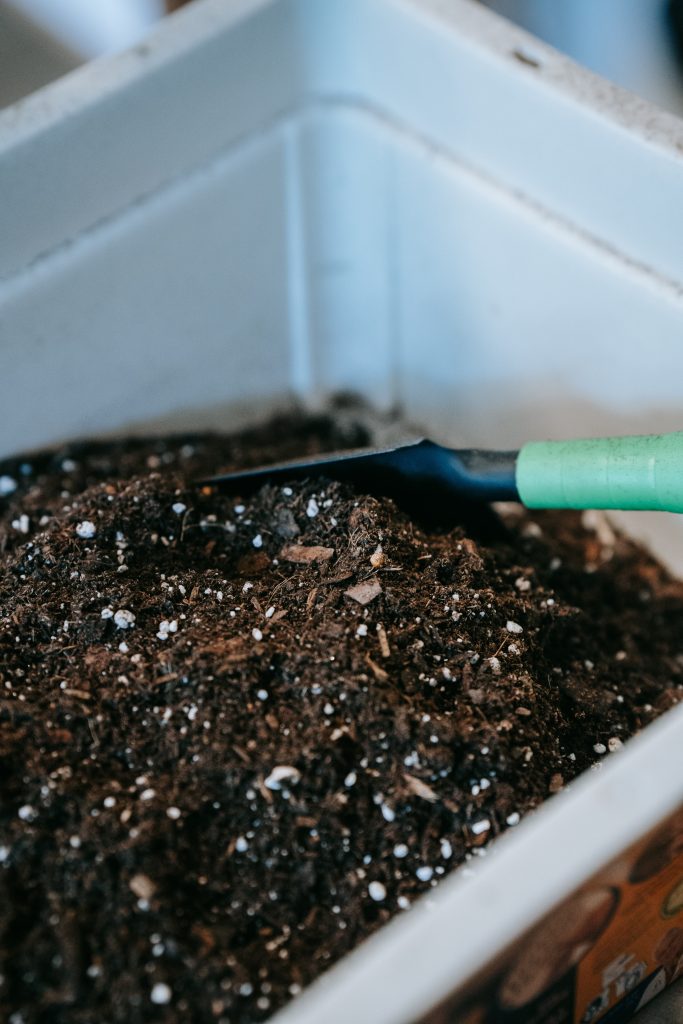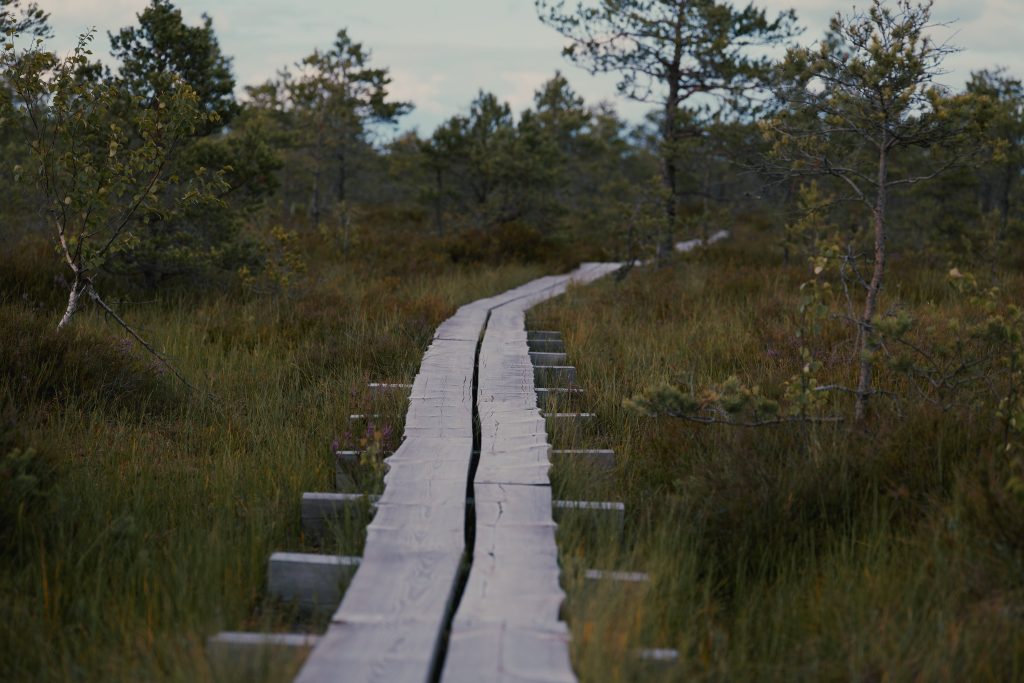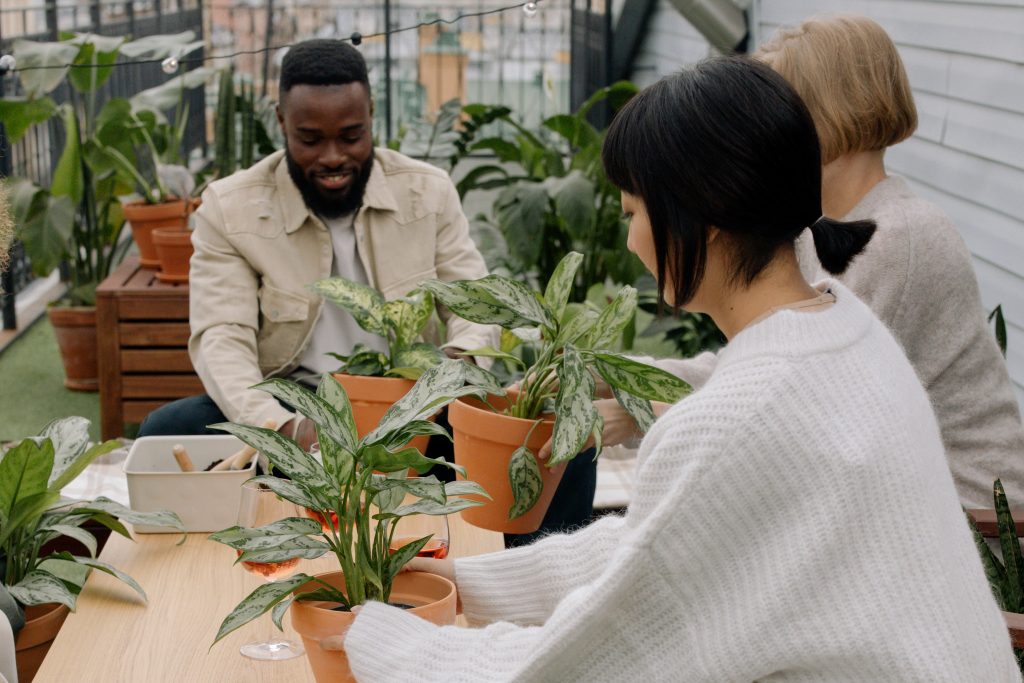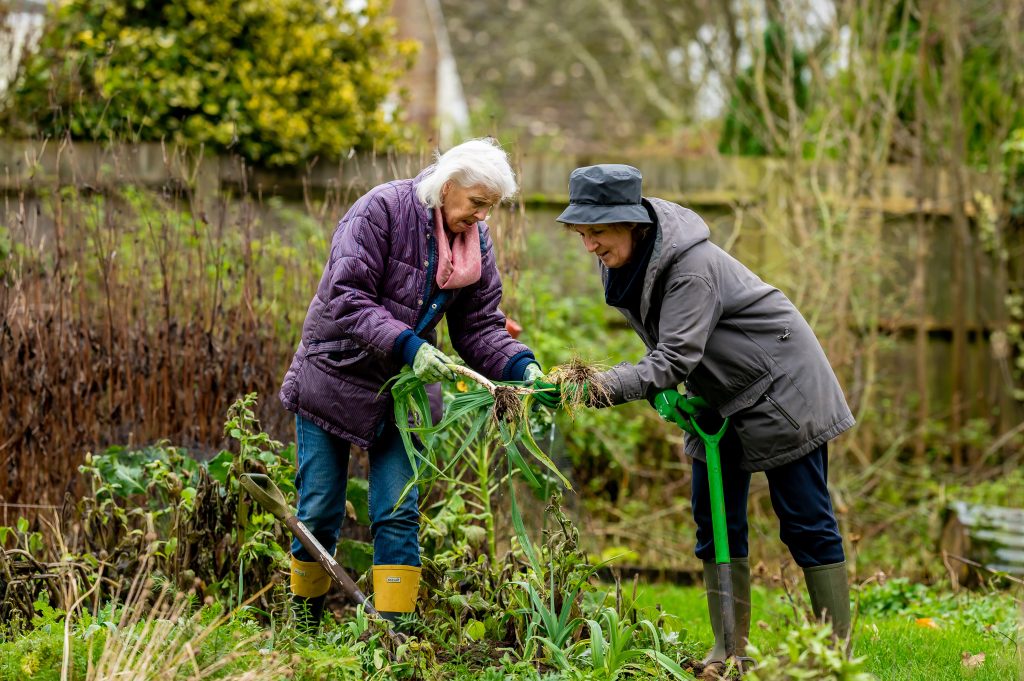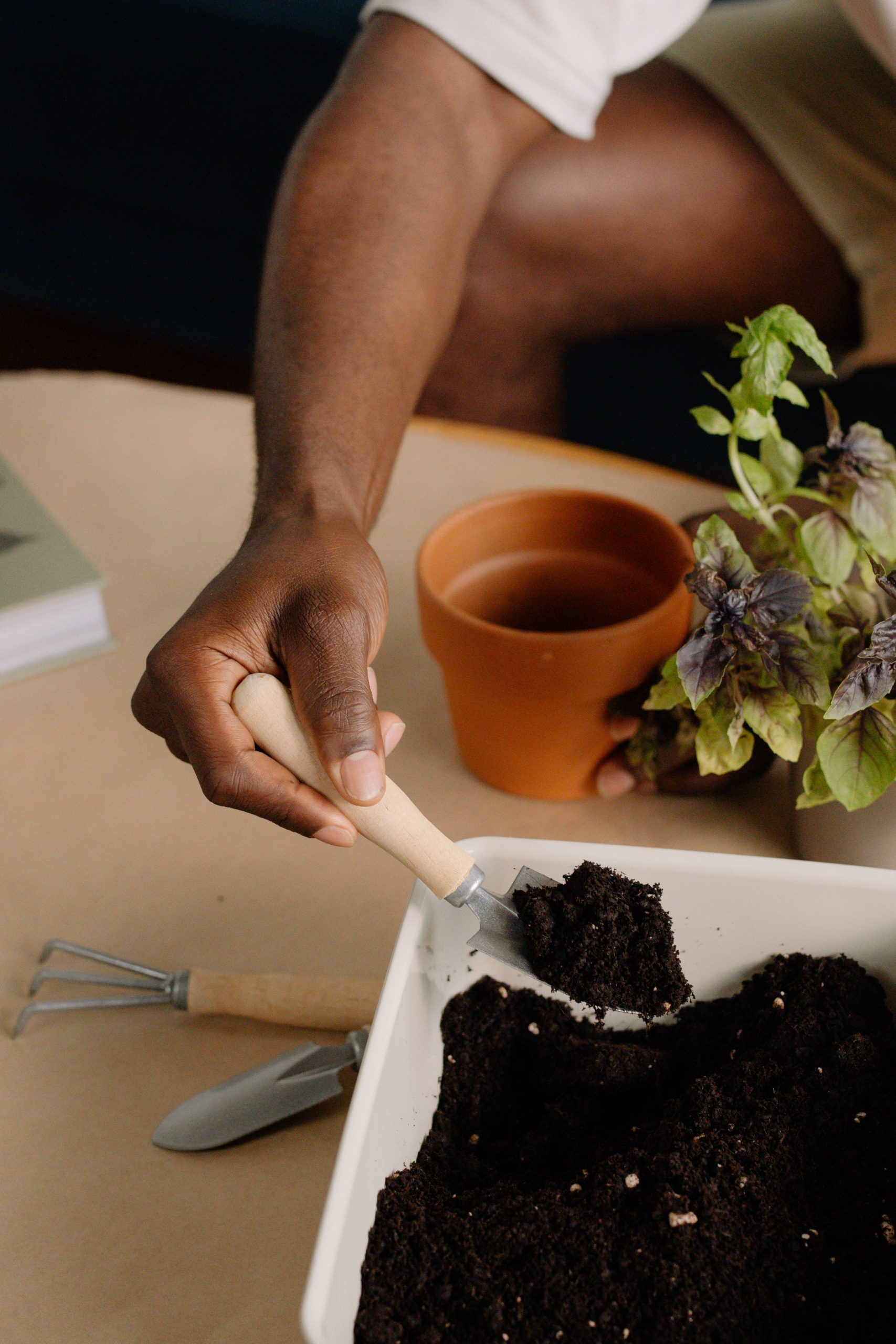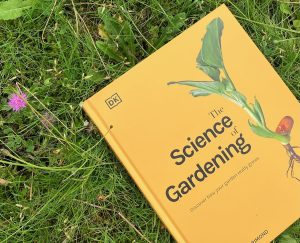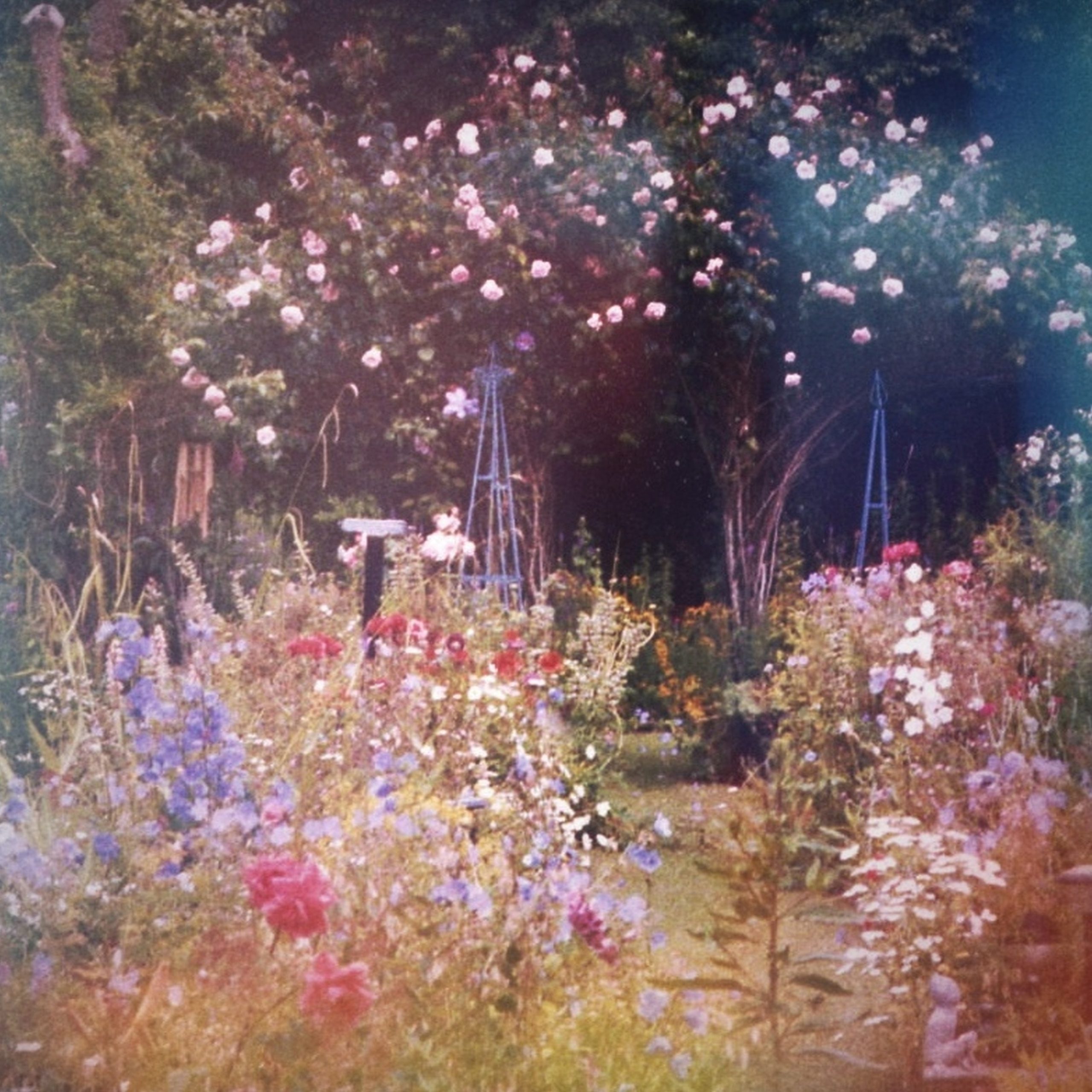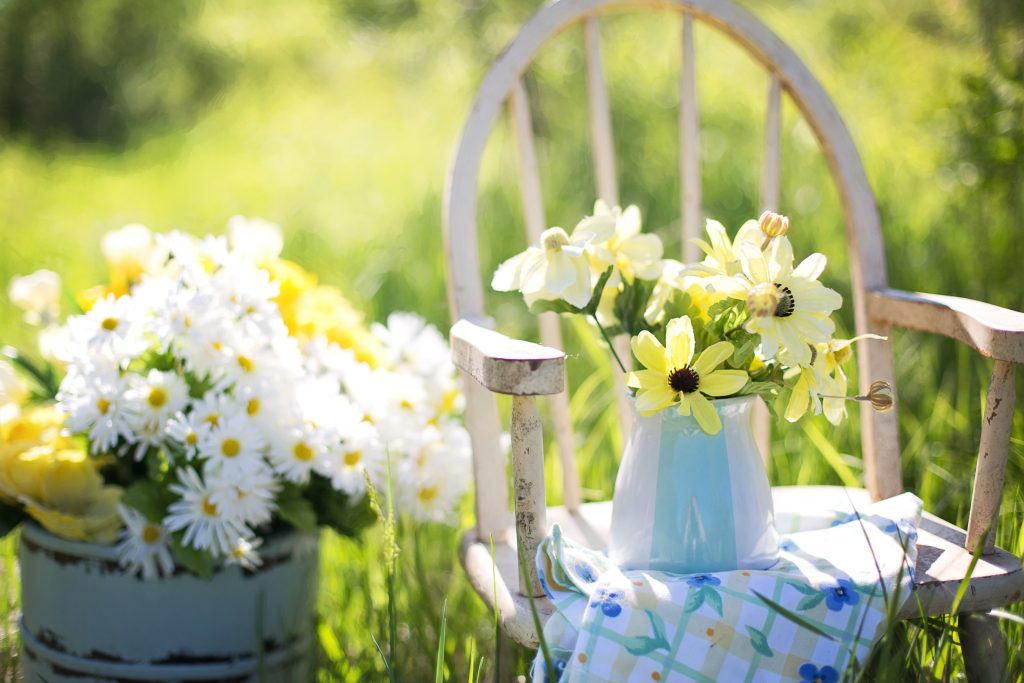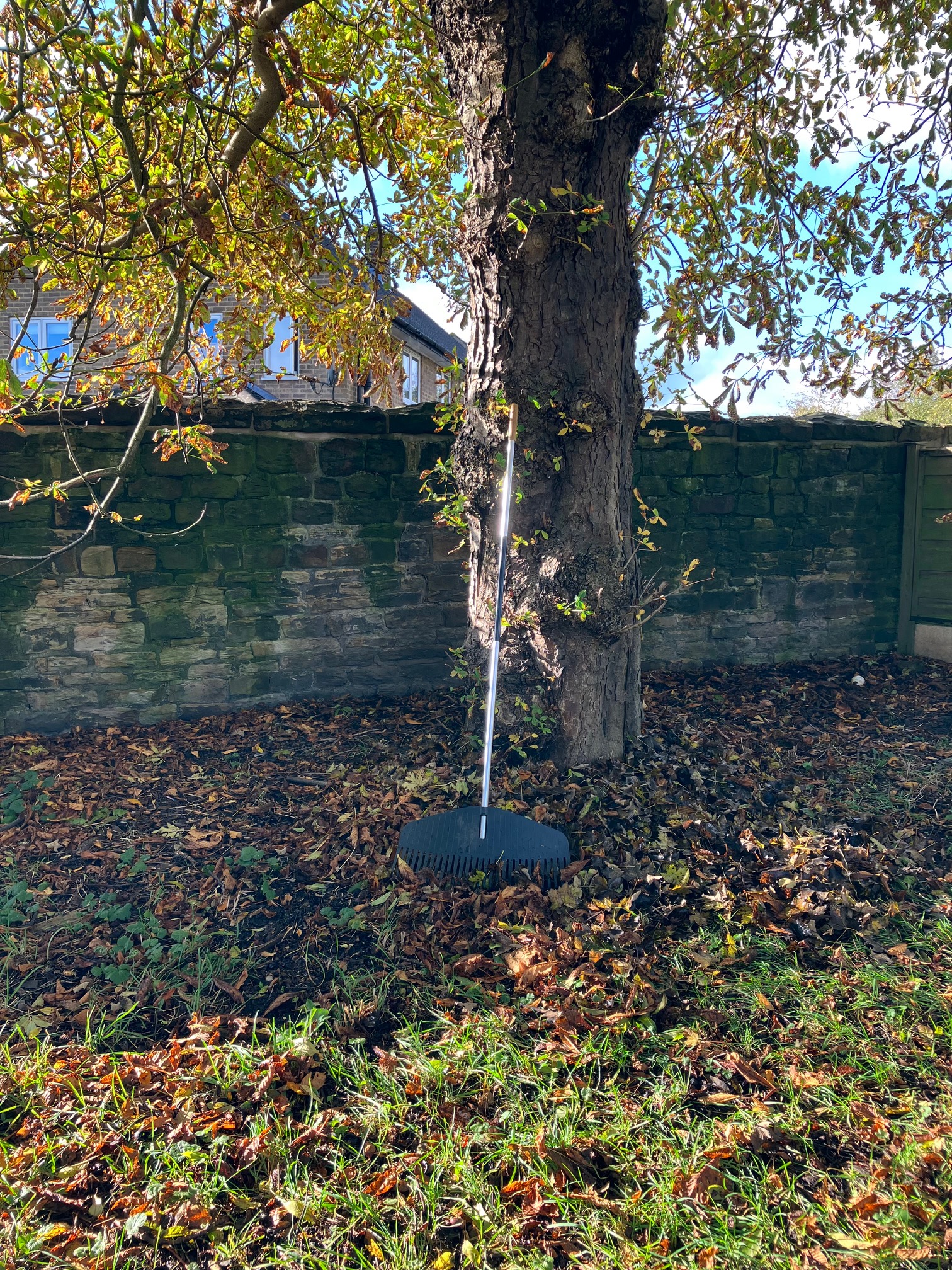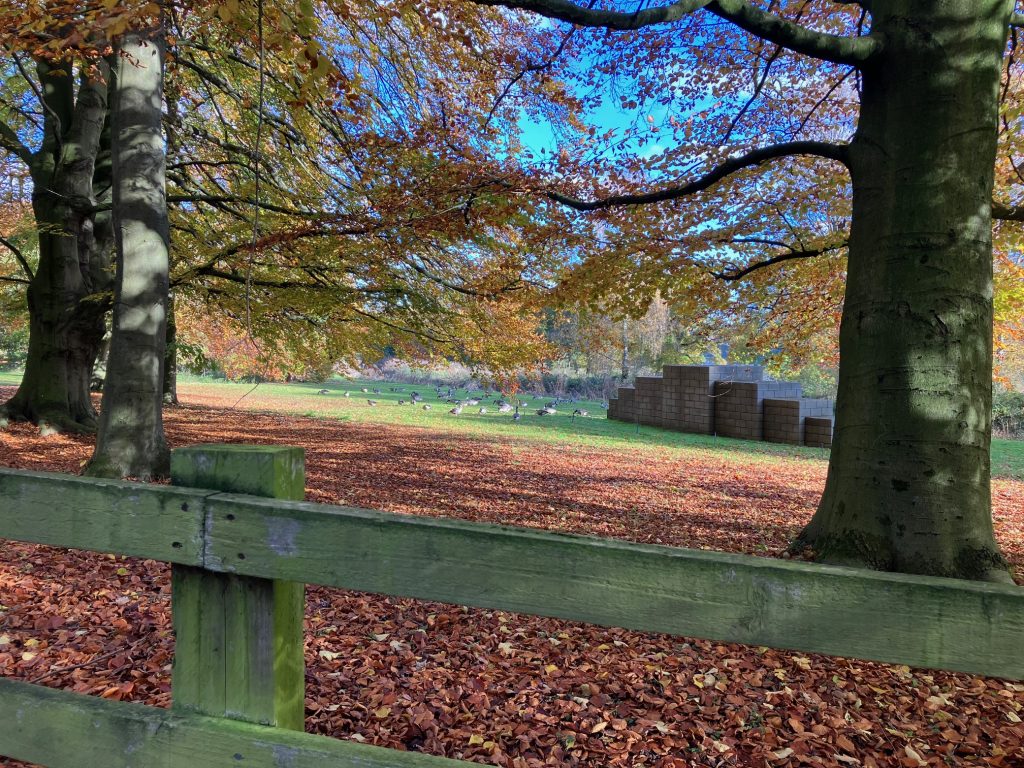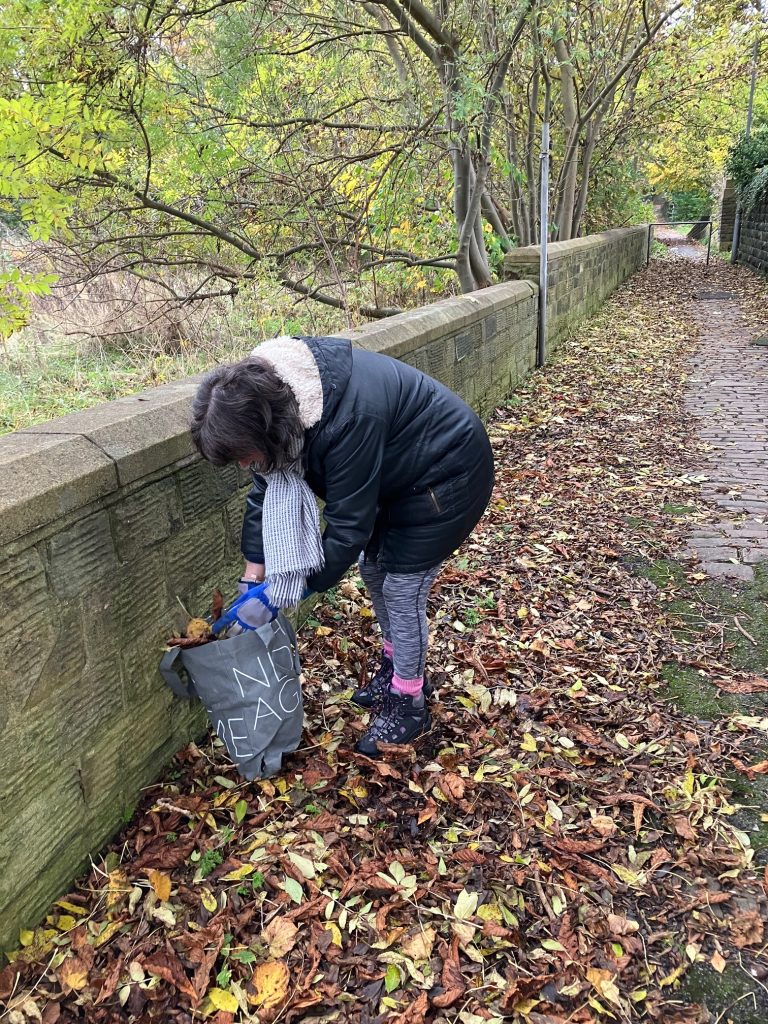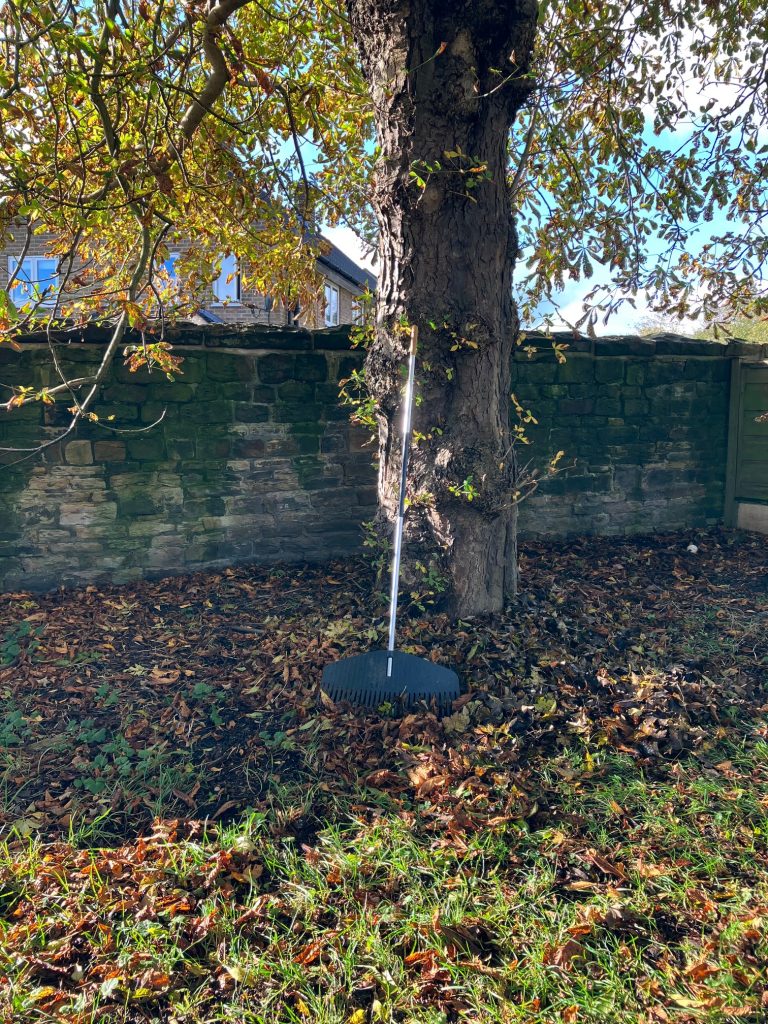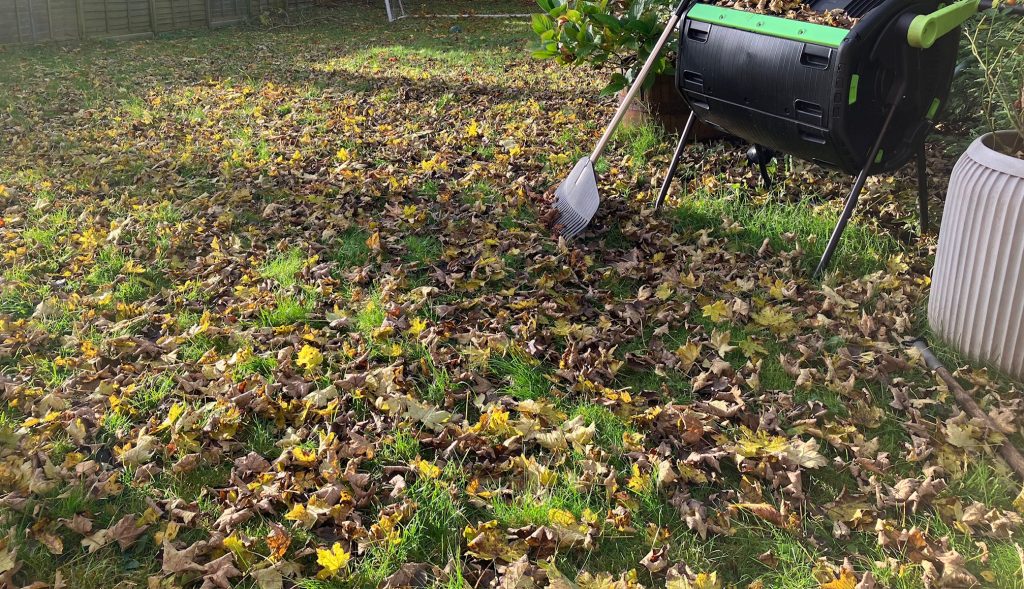If you’ve ever wanted to learn more about making your own compost mixes, Garden Organic is the place to go – and with the ban on peat compost for home gardeners coming in this year, there’s never been a better time.
Last week I joined a Garden Organic online talk about peat-free growing, which I can thoroughly recommend. Talks are helpful if you find it easier to learn through listening rather than reading, especially if the talker is as knowledgeable as our host, Anton. Having the chance to ask questions anonymously in the Q and A session is really helpful too.
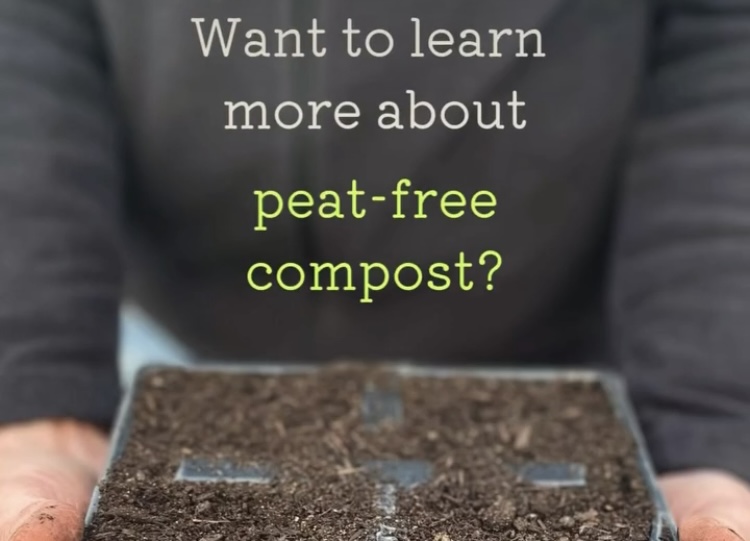
A Garden Organic (GO) survey showed that very few gardeners make all the compost their garden needs; the majority use a mixture of homemade and shop bought. If you want to garden as sustainably as you can, GO has loads of advice on achieving this balance.
A few things I learned:
- Peat only came into use in the 1960s with plants being sold in containers in garden centres. Garden plants don’t need peat, which is virtually devoid of nutrients. Some countries, such as Australia, have no source of peat so their horticulture industry has never depended on it.
- In a bag of peat-free compost you will find: wood fibre (a waste product from sawmills that is also in demand for use in bio mass boilers)/ composted bark (adds structure and air spaces)/ coir waste (a waste product from coconut plantations)/green waste compost (from council garden waste collections).
- Growing media shouldn’t be used on a large scale to improve the soil – the resources used to make potting compost are limited. To improve soil, use garden waste compost, homemade compost, manures and green manures. To fill raised beds, use topsoil.
- It’s a good idea to buy in seed compost because it’s difficult to get right yourself. Get the best you can afford because a little goes a long way. Seeds contain their own nutrients so they will germinate successfully in low-nutrient material with good drainage.
- If you want to adapt multipurpose compost for use as seed compost, remove larger pieces, put through a coarse sieve, mix 50/50 with rewetted coir block.
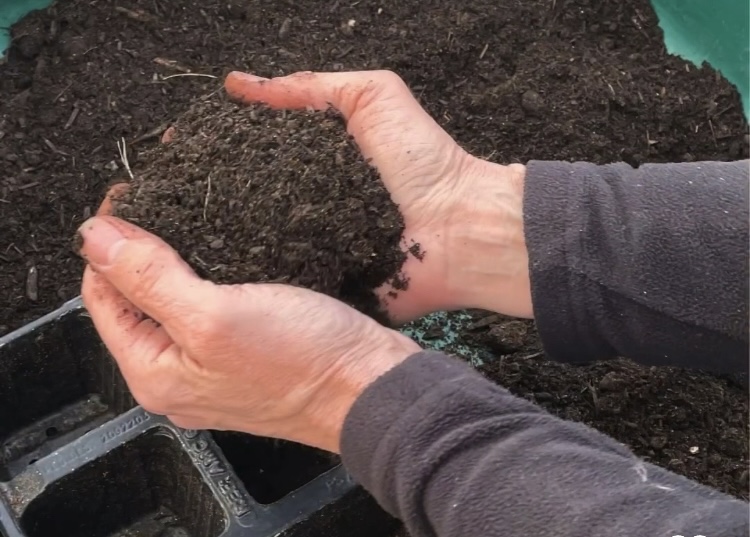
Peat-free challenges
- Peat-free compost behaves differently to peat – the main challenge is watering. Because of their high coir and woodchip content, peat-free mixes tend to dry out more easily. They also have a coarse texture, which can appear dry on the surface but still be damp further down.
- With pots, watering little and often is best. Check by putting your finger in the mix to see if it’s dry all the way through. Water by going round the pot in a circle to get water to drain all over. Repeat a few times.
- Water seed trays from below. Use a fine mister or waterer for the surface.
- Peat-free compost doesn’t store as well as peat so only buy what you need. Don’t leave out in the rain; tiny holes in the bag will let in water which will wash away nutrients. Don’t subject to high temperatures by leaving out in glasshouse. Don’t buy bags that are faded as they might have been lying around for a while. If a mix smells bad it may have turned anaerobic, so return it.
Feeding tips
A challenge with peat-free compost is that it can run out of nutrients more quickly – after 4 weeks.
- After 4 weeks, water with a sustainable liquid feed using comfrey or nettle leaves. Make your own comfrey feed by leaving 1kg of comfrey leaves in 15 litres of water for 5-6 weeks. Use neat to water plants.
- For a concentrated comfrey liquid feed – stuff leaves into a drainpipe and let the liquid drip out of the bottom. Dilute 1 -10 and use on flowering and fruiting plants. This feed doesn’t smell – adding water is what makes the concoction smell.
- Urine also gives a very good balanced feed (dilute 1 – 10). Fun fact – the average person produces enough nitrogen in their urine to fertilise 1 and a half tonnes of tomatoes, yet this usually gets flushed away to be treated at high expense, together with drinking-standard water.
- Use worm compost mixed with homemade compost as top dressing. Worm compost provides high levels of readily available nitrogen. Use sparingly.
For information and advice about making your own mixes, check out the GO website – Garden Organic – Discover organic growing
Garden Organic recommends trying different peat-free composts to see which you have most success with. The charity has had good results with Melcourt’s Sylvagrow range for seed and potting mixes.
A word about peat
Garden Organic has long campaigned for an end to the use of peat in horticulture. Peatlands cover 3 per cent of land surface but store 30 per cent of the earth’s soil carbon. Peat only regenerates at a rate of 1mm a year. In the UK, peat extraction accounts for 5 per cent of CO2 emissions. More than 95% of lowland bogs in the UK have been destroyed or damaged as peat has been extracted on an industrial scale.
Garden Organic’s online talks (webinars) are held on a donation basis to help support the charity’s work in helping people to garden organically.
If you live near the charity’s Coventry base, you can attend courses or workshops in person, or else watch out for the next webinar. Online courses are also available and you can write in with questions too.
Julie


